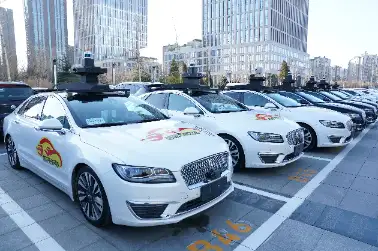New York: Northwestern University researchers develops collision-free, deadlock-free guarantee decentralised algorithm to contribute self-driving vehicles safer and more flawless.
The researchers tested the algorithm in a simulation of 1,024 robots and on a swarm of 100 real robots in the laboratory. The research team analyses how to control fleets of autonomous vehicles as they interact with each other.
The robots safely and efficiently converged to form a predetermined shape in less than a minute says the journal, IEEE Transactions on Robotics, to be published later this month.
The advantage of a swarm of small robots is the lack of a centralised control, which becomes a central point of failure. But in a decentralised system, there is no leader telling all the other robots what to do. Each robot makes its own decisions. If one robot fails in a swarm, the swarm can still accomplish the task says author Michael Rubenstein from Northwestern University.
According to the researcher, the robots need to coordinate to avoid collisions and deadlock. The algorithm views the ground beneath the robots as a grid. By using technology similar to GPS, each robot is aware of where it sits on the grid.
Before making a decision about where to move, each robot uses sensors to communicate with its neighbours, determining whether or not nearby spaces within the grid are vacant or occupied.
Even with all this careful coordination, the robots are still able to communicate and move swiftly to form a shape.
The algorithm could be used in fleets of driverless cars and in automated warehouses, the study said.




























